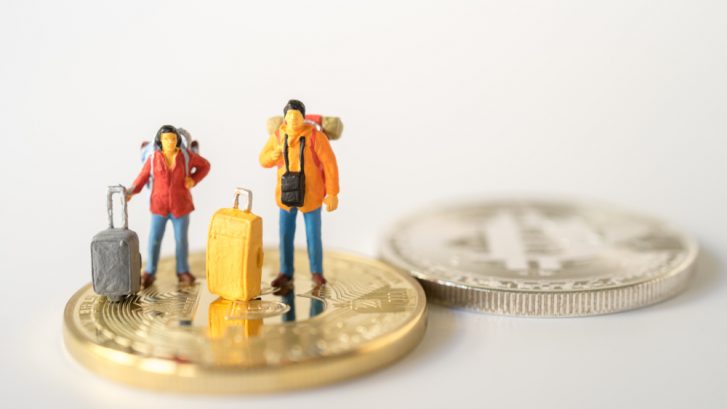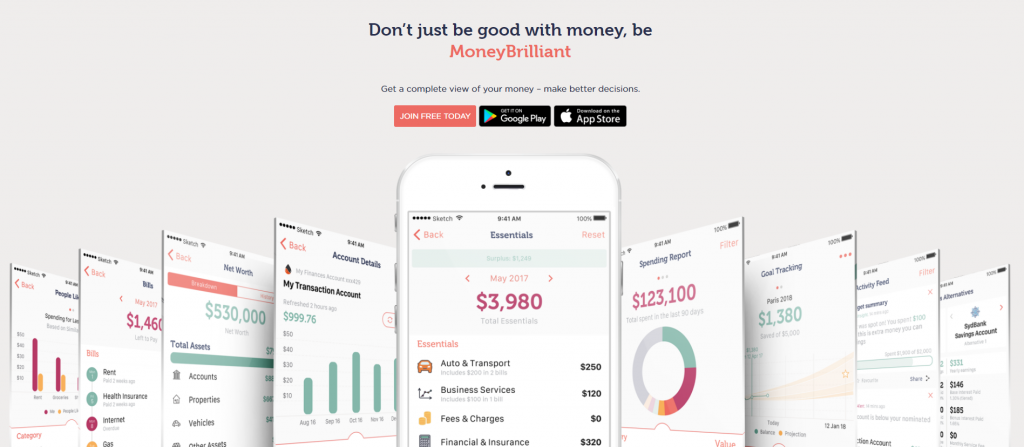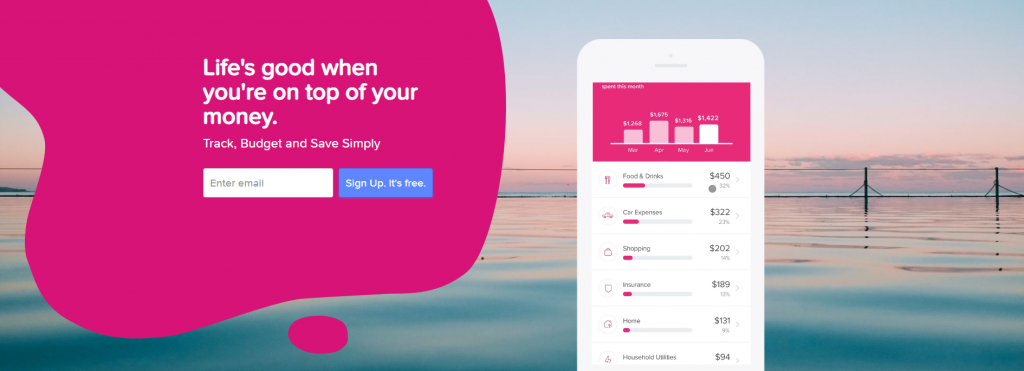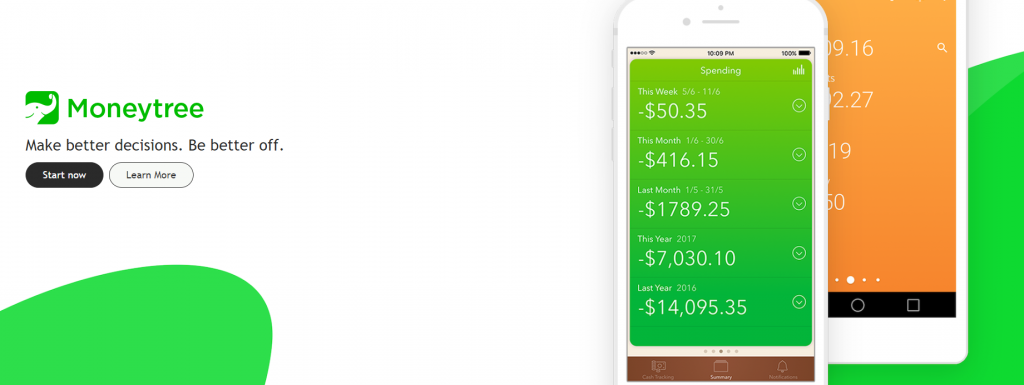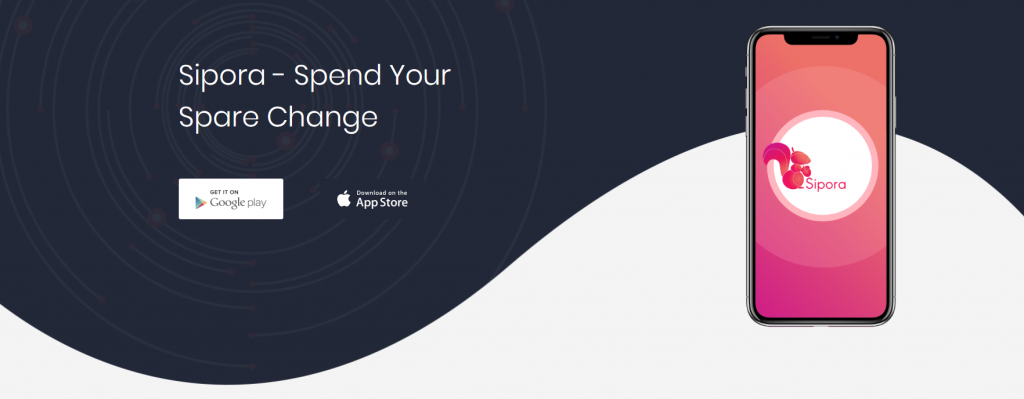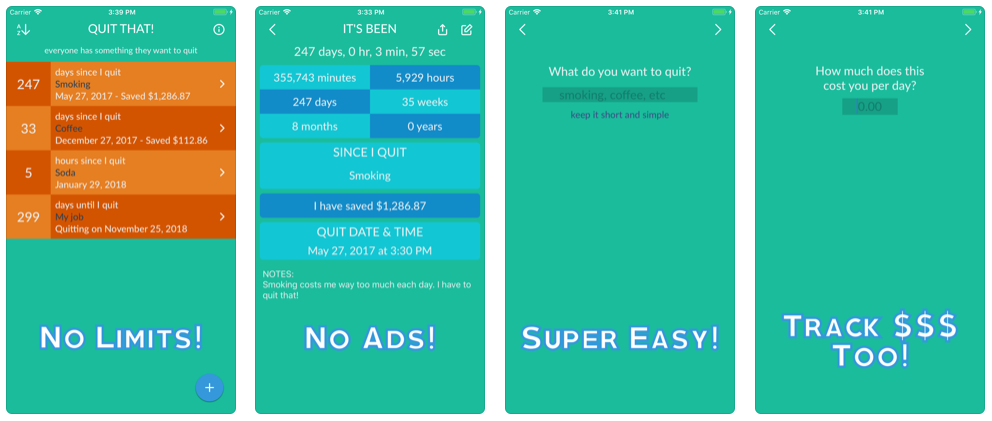5 Easy Steps for Getting Your Credit Score Back on Track
Having bad credit can feel like a weight holding you down, keeping you from achieving your goals. But you can change that – you just need to know how to improve your credit score, and these 5 easy steps will help you do just that.
1. Pay all your bills on time
Unpaid bills are the number one issue that will lower your credit score and should be the first thing you address when you’re considering how to improve your credit score.
When you pay your bills on time, you’re demonstrating that you could be relied on to repay a loan, so your credit score is higher. After all, a bank is less likely to offer a home loan to someone they can’t trust to meet all their repayments.
This goes for all your bills, not just your credit card bills. Paying rent, power bills, internet bills, and any other bills you have on time will help you boost your credit score.
Set up automatic payments if you can so you don’t even have to think about or remind yourself to pay your bills. If automatic payments aren’t possible, set reminders for yourself so that you don’t forget.
2. Use your credit card, but always pay it off
When looking at how to increase a credit score, we normally think that credit cards are a bad option, but they don’t have to be! Credit cards are actually a great way to build a credit score (it’s hard to develop a credit score if you never use credit).
The key factor with all credit cards is that you must pay them off as soon as possible. A common technique is to use your credit card to make purchases, but then immediately transfer funds into that account and pay off the credit. This way you’re using your credit card while never accidentally missing a card repayment and incurring bad credit. This method will also save you from nasty credit card interest, which can be quite high and hurt not only your credit score but your bank account too.

3. Don’t have too many credit cards
With the potential positives of credit cards in mind, some might be tempted to have many credit cards when looking at how to boost a credit score, but it doesn’t work like that. More credit cards won’t improve your credit score; in fact, they could harm it.
Each time you apply for another credit card, this can damage your credit score. A lot of lenders see frequent applications for credit cards as a sign of financial distress. So if you’re considering adding another credit card to your wallet to help build up your credit, you might want to reconsider. Only apply for a credit card when you need it.
4. Don’t close old, debt-free accounts
Opening new accounts is a bad idea, but closing old ones can be a bad idea as well! If you have a credit card that you never use and you have no debt on it, that’s great for your credit.
One of the easiest solutions when looking at how to improve a credit score is to do nothing. Just keep that credit account open and unused. That account establishes a history of credit, which is better than a handful of accounts that are only a year old (which can look untrustworthy).
A paid-off but unused credit card is just sitting in your back pocket and quietly working to improve your credit score while you do nothing at all.
5. Consolidate your debts

While leaving open credit accounts that are in the black is a good move, accounts that are in the red will only damage a credit score. Not to mention that several repayments can add up and hurt you financially.
Some lenders will let you buy out your other debts and consolidate them into one loan. Look for the debt with the lowest interest and try to consolidate your debts into that, as it will save you the most money. Even consider taking out a new loan if it means consolidating your debts with a lower interest rate.
This might not seem like a solution when considering how to improve your credit score, but it is. You won’t have several repayments to worry about and the interest might be lower, which will save you money, which will help you build better credit in the future. You’ll also have wiped some bad credit off the table, which is always a good thing when considering how to improve your credit score.
These steps will help you take back control of your finances and improve your credit score over time. With a better credit score, you’ll be able to apply for more appealing loans (with lower interest rates) in the future and make achieving your financial goals easier.










